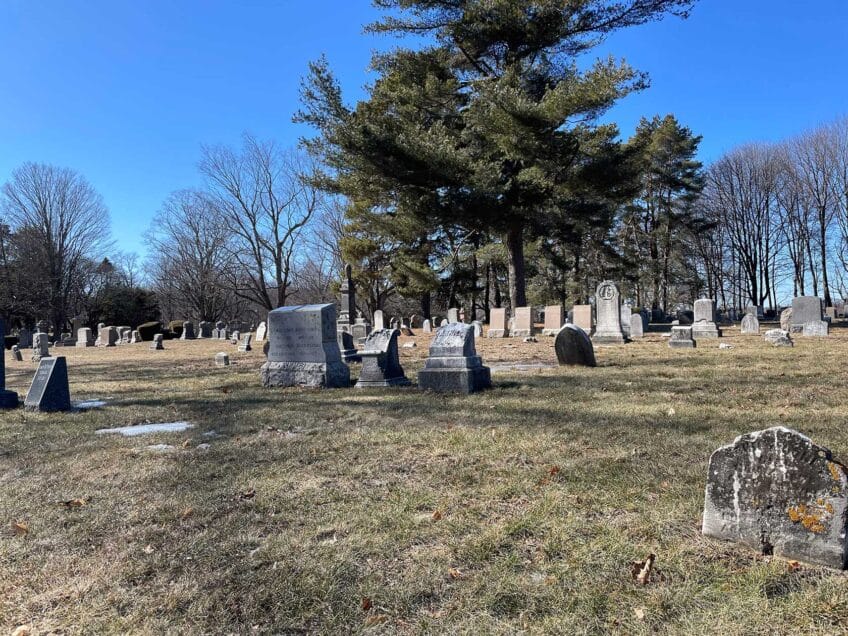Council to review exam school test
Harvard study finds inequity in ISEE admissions process
City Councilors voted last week to review the admissions process at Boston’s exam schools, after Harvard University researchers released a report that found black and Latino students are less likely to take the entrance exam the schools rely on.
The hearing request, submitted Oct. 17 by Councilor Kim Janey and Council President Andrea Campbell, was approved during the weekly council meeting and sets forth a plan to examine the admissions process in place for the city’s three exam schools, Boston Latin School, Boston Latin Academy and O’Bryant School of Math and Science, to ensure equitable access to quality educational resources and to increase diversity in these schools.
“While our exam schools are among the best schools in the country, they do not reflect the rich diversity of Boston public schools overall,” said Janey.
According to a report released earlier this month by the Rappaport Institute for Greater Boston at Harvard Kennedy School of Government, more than 75 percent of Boston Public Schools’ (BPS) student population is black or Hispanic. Meanwhile in exam schools, only 40 percent of children are black or Hispanic and at the Boston Latin School, the city’s largest public high school, this group shrinks to 20 percent.
“We’ve got a lot of work to do and something is clearly wrong,” said Campbell, co-sponsor of the request and a graduate of Boston Latin School.
“We have to ensure that each and every one of our students has the opportunity to succeed, and that means we have to be intentional about eliminating disparities,” said Janey, who acknowledged that the report’s findings are not new but called addressing these issues “a moral responsibility” to all of Boston’s youth.
Currently, applicants to exam schools are ranked according to two equally important factors, their grade point average and their test score on the Independent School Entrance Examination (ISEE).
As Janey and Councilor Annissa Essaibi-George, a former public school teacher, both highlighted in their statements in the chamber last week, one difficulty with this criteria is that the grading system used by BPS is different from that employed in other schools across the city, making it difficult to compare the grade point averages between public school students and those in private and parochial schools. BPS uses a numerical scale to grade students’ work, with one being the lowest mark and four the highest. Under the BPS rubric, a student must demonstrate work above grade level to score a four. Other schools use conventional grades A through D.
A solution to this issue that advocates have suggested and that Janey supplied to the council would be to use students’ Massachusetts Comprehensive Assessment System (MCAS) scores. These are standard scores applied to all students in all schools across the Commonwealth and may provide a more equitable basis for seat allocation in Boston’s exam schools.
“While I’m not sure if this specific solution is the right answer,” said Janey, “it does provide some insight into one important solution to the city.”
Another challenge that the current exam school admissions process poses for Boston public school students is that they are not taught what’s on the exam school entrance exam. Some of what is tested on the ISEE, including subjects like algebra, is not covered by the BPS curriculum before students must take the test early in the sixth-grade year.
Many public school students are unable to attend advanced work classes or receive specific tutoring for the test, said Janey, placing them at a disadvantage when compared with the training private and charter school students are offered.
“While some parents know how to navigate our complex educational system and have been preparing their children for entry to exam schools since birth,” said Janey, “there are many parents that don’t have access to the same pathways … they’re not connected to the social circles where that information is shared, and those same parents don’t have the resources to pay for test prep.”
The Boston School Committee Vice Chair Hardin Coleman announced recently that he would like to see the test and scrapped and to make admissions an open lottery process. But for Councilor Matt O’Malley, an alumnus of the Boston Latin School, this is not an option.
“This is the wrong approach,” O’Malley said. “I firmly believe that meritocracy should not be eliminated, but instead opened up equitably to everyone. If we randomly distribute access to opportunities, we devalue the hard work of bright students from all backgrounds. … I believe competition should be fair and competition should not be ended.”
Campbell said that all options should be vetted and discussed by members of the Education Committee to which the issue was assigned, as well as by advocates, educators, school leaders and families in all communities across Boston.
“All of these proposed ideas should be taken on the road to every neighborhood,” said Campbell.
“We all care about this and we all should,” she added. “I think people have been waiting too long for us to do something, and the option can’t be to do nothing.”
By the numbers
According to a report released earlier this month by the Rappaport Institute for Greater Boston at Harvard Kennedy School of Government:
75 percent: The percentage of Boston Public Schools’ student population that is black or Hispanic.
40 percent: The percentage of students in exam schools that are black or Hispanic.
20 percent: The percentage of the student population at Boston Latin School that is black or Hispanic.






